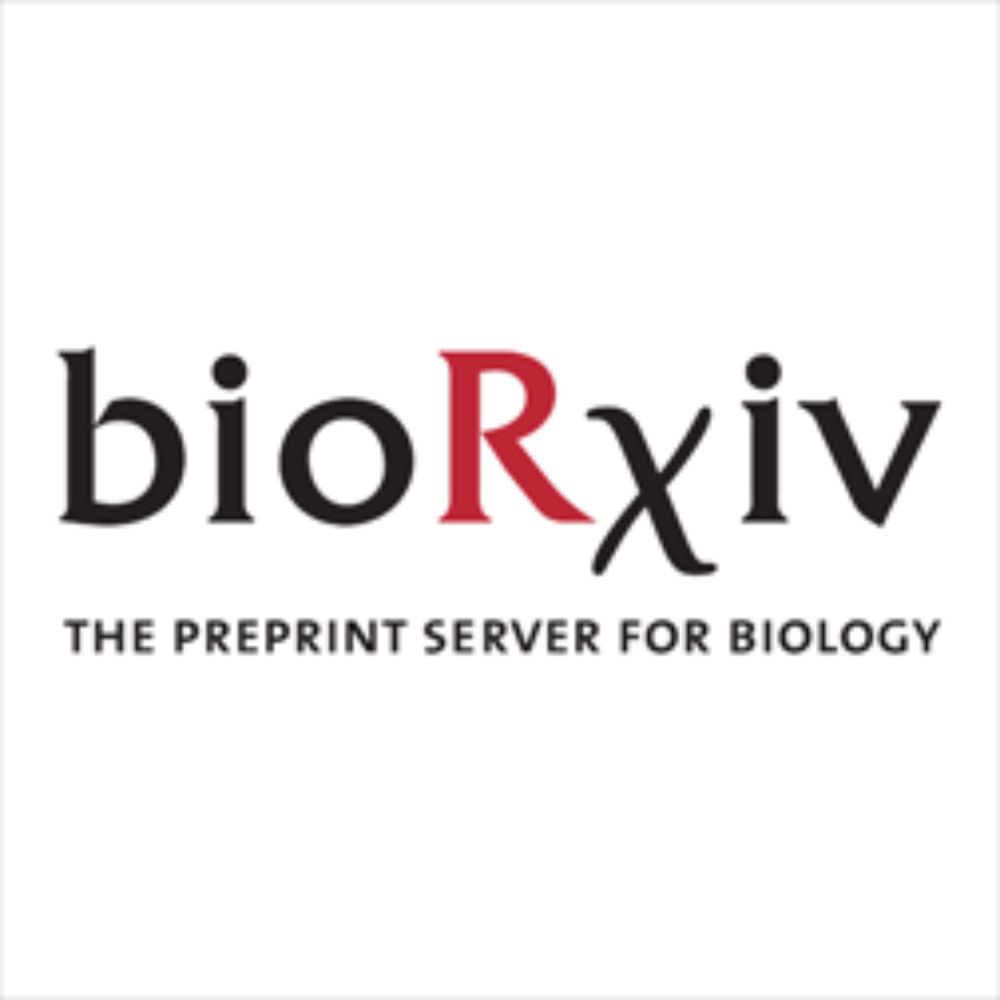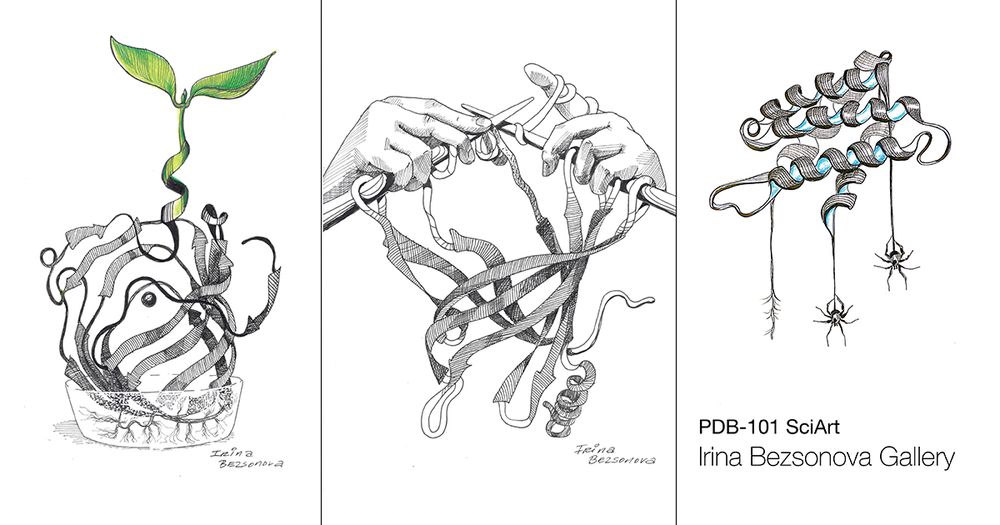Nathan Gamarra Ph.D.
@ngamarra.bsky.social
960 followers
2.7K following
110 posts
Biochemist who enjoys many-a-things. He/Him 🇺🇸🇨🇴
Posts
Media
Videos
Starter Packs
Reposted by Nathan Gamarra Ph.D.
Reposted by Nathan Gamarra Ph.D.
Reposted by Nathan Gamarra Ph.D.
Reposted by Nathan Gamarra Ph.D.
Reposted by Nathan Gamarra Ph.D.
Reposted by Nathan Gamarra Ph.D.
Reposted by Nathan Gamarra Ph.D.
Reposted by Nathan Gamarra Ph.D.
Reposted by Nathan Gamarra Ph.D.
Reposted by Nathan Gamarra Ph.D.
Reposted by Nathan Gamarra Ph.D.
Reposted by Nathan Gamarra Ph.D.























